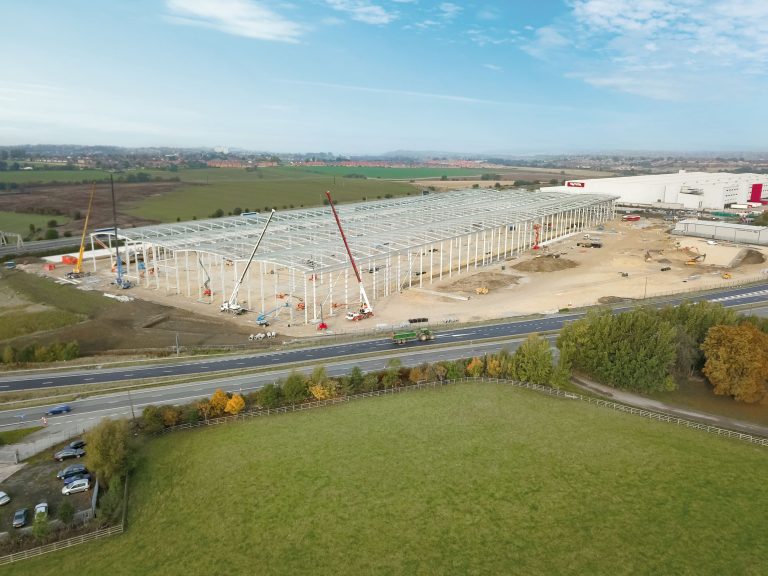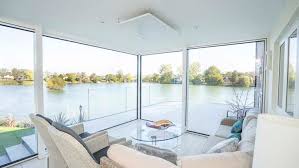With the UK housing market currently experiencing a boom, comparethemarket.com has carried out an eye-tracking experiment to reveal what buyers really notice when they first view a property. Three different properties were viewed by buyers using eye-tracking hardware to capture the parts of the home that caught their attention. Whilst some of the key areas buyers looked at might be those you would expect, such as the radiators and tap pressure, comparethemarket.com can reveal that garden access, a clean and working oven, and accessories were also heavily observed. Based on the findings and what buyers noticed most during the experiment, comparethemarket.com offers insight on what sellers should focus on to prepare a property for viewings. Radiators As we’re approaching autumn and temperatures start to cool, people are likely to start turning their heating on and buyers want to know that the radiators work. The experiment found that buyers went straight for radiators when looking around a property to check they worked. If you have viewings booked, consider turning your heating on before they take place to ensure your home is warm. Not only will this show that both your heating system and radiators work, but it’ll create a cosy atmosphere. Also, contemplate cleaning your radiators so they’re free of dust and marks. Garden access The eye-tracking experiment showed that buyers looked out into the garden as soon as they entered a room that backs onto it, and then checked the patio doors to see if they could access the garden. Not being able to do so can be off-putting for buyers as they want to be able to see every aspect of the home. Moreover, due to the recent pandemic, a lot of people are looking for a home that will give extra space, including a garden. Make sure viewers can access your garden if they wish and consider tidying it up and making the most of the space. Water pressure During the experiment, one of the first things potential buyers did in the kitchen and bathroom was check the taps to see what the water pressure was like. It’s important to check your water pressure is of normal standards before hosting viewings. To determine the pressure, you can either ask a plumber to look, or you can get a rough guide by turning your main feed tap on and off a couple of times. As buyers will be observing taps, ensure they’re clear of limescale and give them a quick wipe using baby oil for extra shine. Cupboard doors When walking around the kitchen, one of the first things buyers did was check the cupboards to see if they were well built and in good condition. It’s therefore worth seeing if the quality and durability of all your cupboards is up to scratch before viewings. Do they open and close well? Can they hold the correct amount of produce? Buyers were also seen looking inside cupboards during the experiment, so make sure they’re kept tidy. Bed comfort When buyers walk into a bedroom, the first thing they spot is the bed. Although you may take your bed with you once you move out of your property, buyers were seen to feel or sit on the bed when observing the room during the experiment. This is probably to help visualise themselves sleeping in the room. Before a viewing, ensure your bed is well made. You might also want to consider purchasing new quilts and cushions to ensure they have a good warmth and weight ratio. Oven Whilst in the kitchen, the first thing potential buyers looked at was the oven, which they also turned on to see if it works. Therefore, it’s important to make sure the oven works and is kept clean before a house viewing. Ensure the hobs and trays are washed and do not cook anything too fragrant prior. If you’re staying in the property whilst viewings take place, consider switching your oven on so buyers can see that it works. Just remember to switch it off once they have left. If you’re not going to be in the property when viewings are going ahead, leave your oven switched off. Scents While a scent isn’t something you can physically see, during our eye-tracking experiment diffusers and candles were one of the first things potential buyers spotted throughout the home and they were picking them up to smell them too. Therefore, it’s a good idea to purchase a couple of diffusers or candles and scatter them around your home before a house viewing. Not only will potential buyers pick up on the pleasant aroma, but you’ll also banish any unpleasant smells such as pet odour. Lighting Buyers were also seen to check if the light switches work, so make sure they do. If rooms are dim, consider leaving the lights on to add brightness so viewers can properly inspect the room. Many buyers also looked at ceiling lights as soon as they entered the room, so consider purchasing a new lampshade to make your room look more appealing. Accessories Buyers want to visualise themselves living in a property, and whilst their interior preference may differ, they still want to look at a room and think “wow, I could live here”, and the more a buyer can picture themselves living in a home, the better it is for a seller. Accessories such as blankets, throws, and scatter cushions on sofas and beds were one of the first things potential buyers looked at while in the bedroom and living room especially. These accessories do help give a room a homely finishing touch, so invest in some if you can.











